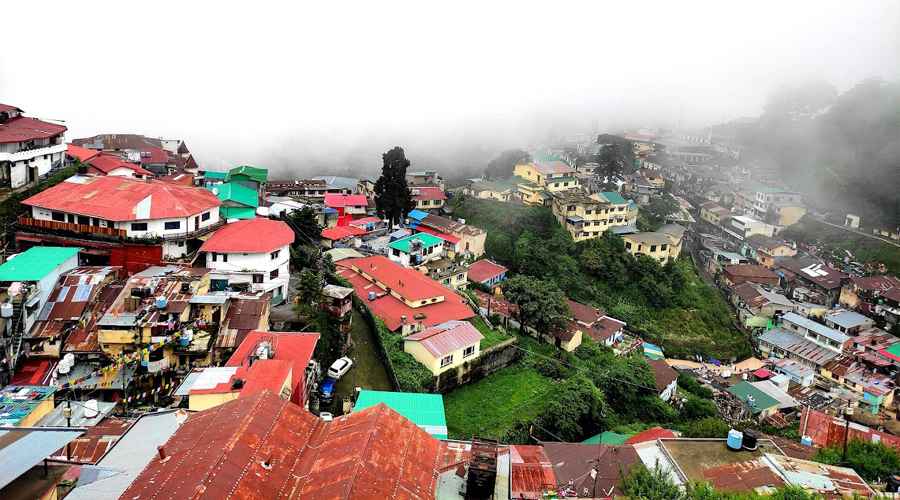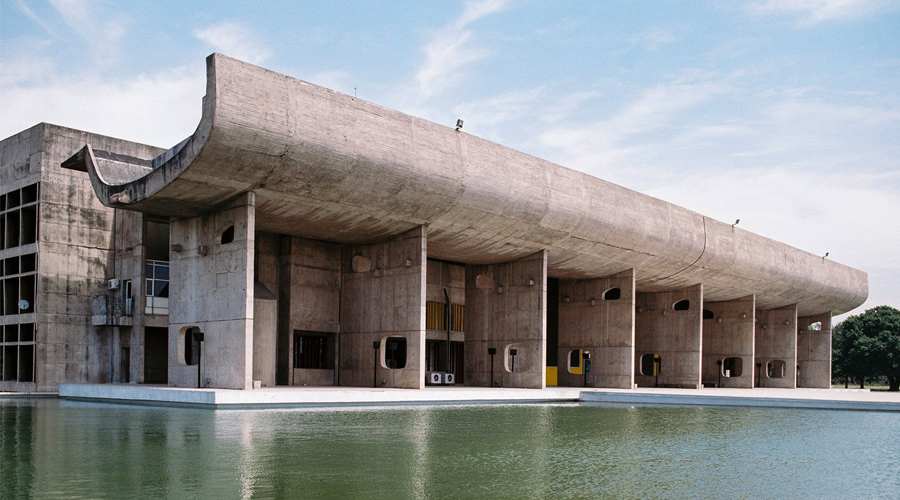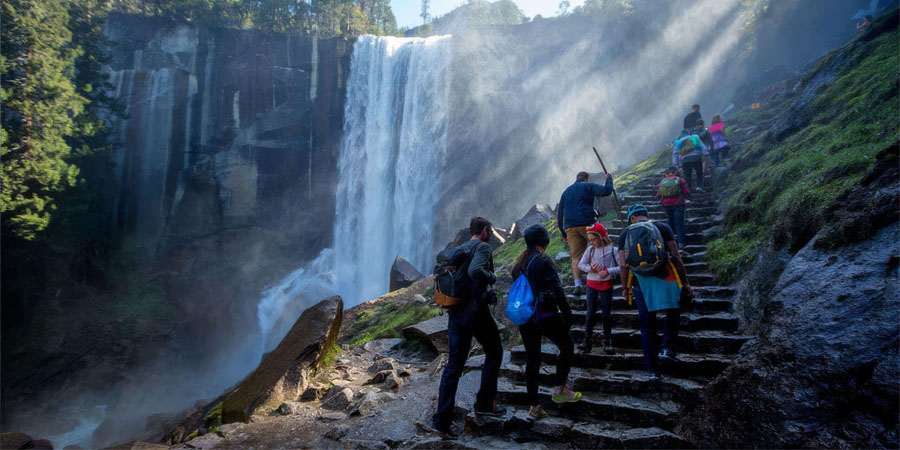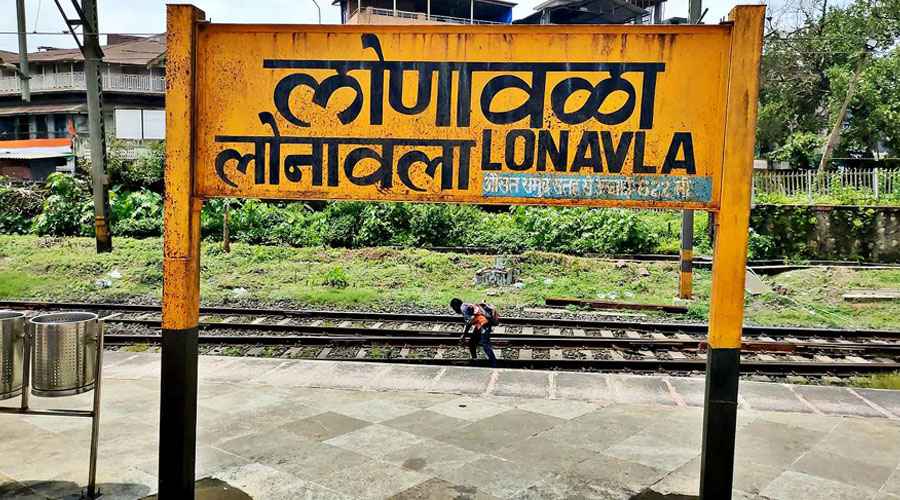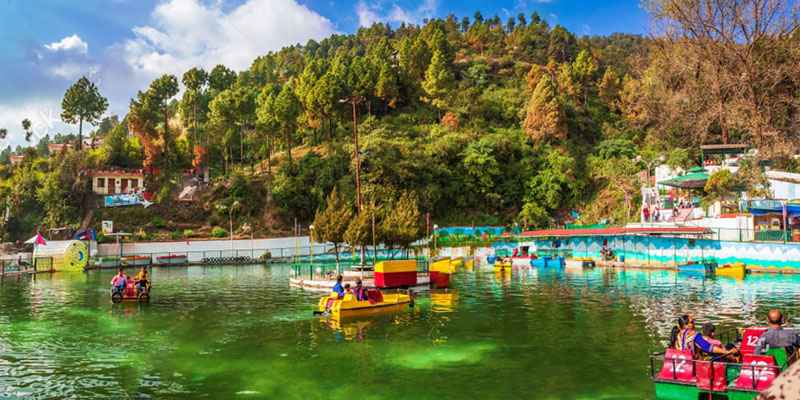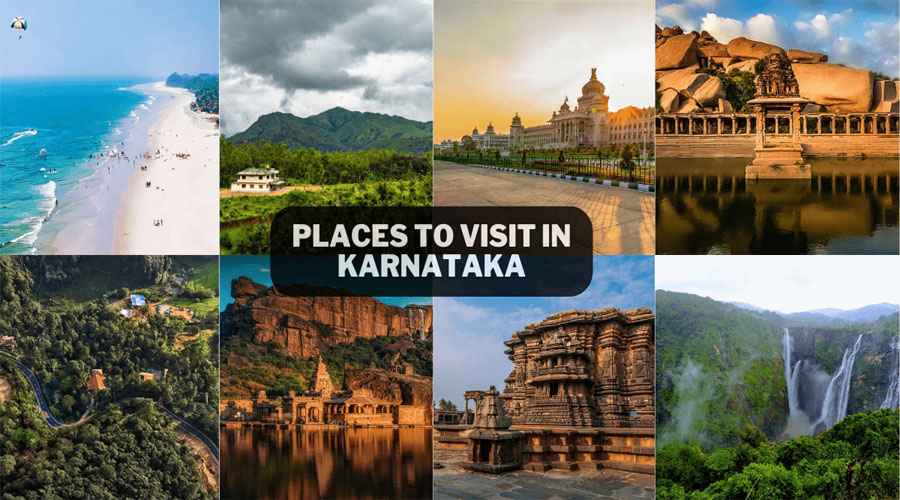Rising to an impressive elevation of 2,755 meters (9,039 feet) above sea level, Dainkund Peak holds the distinction of being the highest point in the charming hill station of Dalhousie, located in the Chamba district of Himachal Pradesh, India. This majestic peak is renowned for offering spectacular 360-degree panoramic views of the surrounding snow-capped Pir Panjal ranges, verdant valleys, and the flowing rivers that adorn the landscape. A favored destination for nature lovers, trekkers, and spiritual seekers, Dainkund Peak perfectly combines natural beauty, adventure, and cultural heritage, making it a must-visit landmark in the Himalayan region.
Location and Accessibility
Dainkund Peak is approximately 10 to 13 kilometers from Dalhousie town, accessible by well-maintained roads winding through dense deodar and pine forests. The nearest airport is Gaggal Airport in Kangra, about 130 kilometers away, and the closest railway station is in Pathankot, roughly 80 kilometers from Dalhousie. From the town, visitors can hire taxis or take local buses to nearby points such as Lakkar Mandi or Lakkad Mandi, from where the trek to the summit begins. The trek itself is relatively short and moderate, making it accessible to families and beginner trekkers alike.
The Trek Experience
The trek to Dainkund Peak is a delightful journey through pristine Himalayan woodlands. Starting from Lakkar Mandi or Lakkad Mandi, the 4 to 5-kilometer trail passes through lush forests of deodar, oak, and pine trees. The well-marked and maintained path gradually ascends, offering glimpses of picturesque valleys and distant mountain peaks. The trek typically takes between 1.5 to 2 hours one way, allowing enough time for hikers to enjoy the natural surroundings and breathe in the fresh mountain air.
A relatively easy trek with some gentle inclines and occasional steeper sections, it is suitable for most fitness levels. Comfortable hiking shoes and layered clothing are advisable due to temperature variations during the day. The best seasons to embark on this trek are spring (March to June) and autumn (September to November), when the weather is pleasant and skies are clear.
Panoramic Views and Serenity
Upon reaching the summit, visitors are rewarded with breathtaking panoramic vistas that stretch across several Himalayan ranges and valleys. On clear days, the sight of the snow-clad Pir Panjal range dominates the horizon, while the lush green Kangra Valley and the rivers Ravi and Chenab are visible far below. The tranquil environment and crisp mountain breeze add to the overall experience, making the peak an ideal spot for meditation, photography, and simply soaking in nature’s grandeur.
The summit of Dainkund Peak is a peaceful retreat, less crowded than other popular hilltop viewpoints, providing visitors a sense of solitude and communion with nature. The quiet hilltop, combined with the astonishing natural beauty, creates an unforgettable atmosphere for anyone seeking respite from busy urban life.
Cultural Significance and Pholani Devi Temple
Beyond its natural allure, Dainkund Peak also holds cultural and spiritual importance. The Pholani Devi Temple, perched on the ridge near the summit, attracts pilgrims and visitors alike. This ancient temple is dedicated to the local goddess Pholani Devi and is believed to be over 500 years old. It is unique in that instead of an idol or statue, the temple houses only a trident symbolizing the goddess’s power and presence.
Local legend associates the peak’s name ‘Dainkund’ with the words ‘Dain’ meaning witch and ‘Kund’ meaning lake, rooted in folklore about witches once inhabiting the area. The temple symbolizes the triumph of good over evil, as the goddess is believed to have freed the peak from the witches’ curse, bestowing it with peace and sanctity. The temple is a site of devotion and calm, where the sounds of temple bells blend with the mountain breeze, creating a deeply spiritual ambiance.
Adventure and Nearby Attractions
Dainkund Peak is not just a place for tranquil sightseeing; it also serves as a base for further exploration and adventure trips in the Dalhousie area. Trekking enthusiasts can venture onward to nearby destinations like Kalatop Sanctuary and Khajjiar, often called the ‘Mini Switzerland of India,’ enhancing their Himalayan adventure experience.
Dalhousie town offers a blend of colonial charm, historical sites, and vibrant markets, making it a perfect place to relax post-trek. Nature lovers can enjoy birdwatching, horse riding, and local cultural festivals, further enriching their trip to this Himalayan paradise.
Climate and Best Time to Visit
The weather at Dainkund Peak varies with the seasons, influencing the overall experience. Summers (April to June) are cool and pleasant, ideal for trekking and sightseeing. Monsoons bring lush greenery but can bring slippery trails and restricted visibility due to fog. Winters (December to February) see the peak blanketed in snow, making the trek challenging and best suited for experienced trekkers with proper gear.
The ideal time to visit remains the spring and autumn months when climatic conditions are favorable for outdoor activities and the views are spectacularly clear.
Conclusion
Dainkund Peak is a spectacular blend of natural beauty, spiritual heritage, and adventure, making it one of the crown jewels of Dalhousie and Himachal Pradesh. Whether it’s the ease of the trek, the breathtaking panoramic views, the peaceful temple, or the proximity to other scenic destinations, Dainkund offers a rich experience for all types of travelers. Its serene environment, cultural significance, and majestic Himalayan vistas firmly establish it as a destination that promises peace, exploration, and unforgettable memories in the lap of nature.



